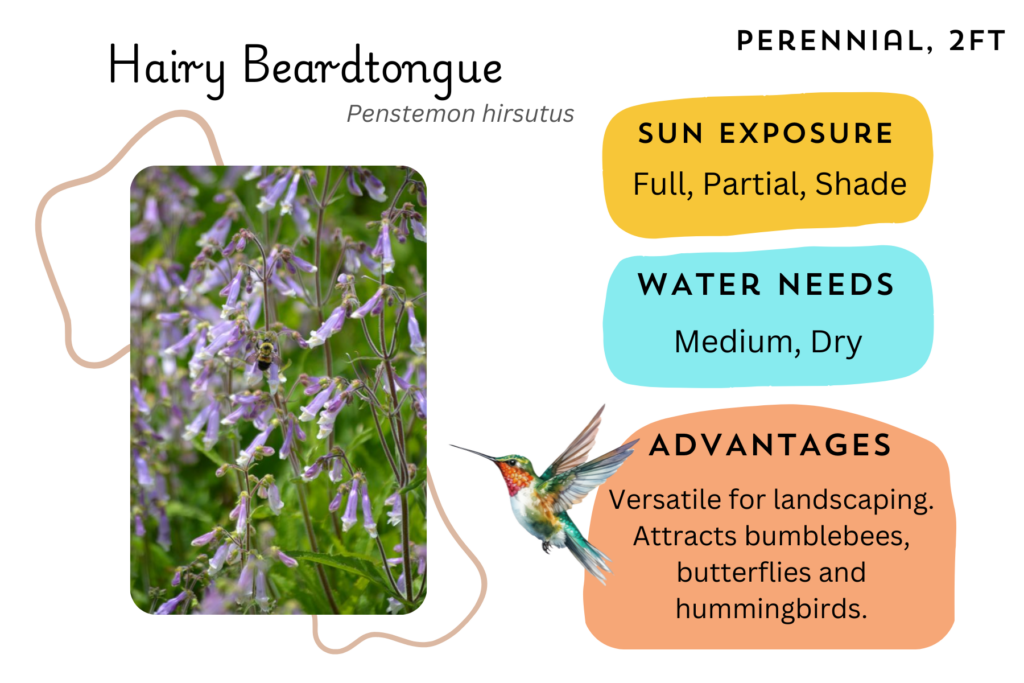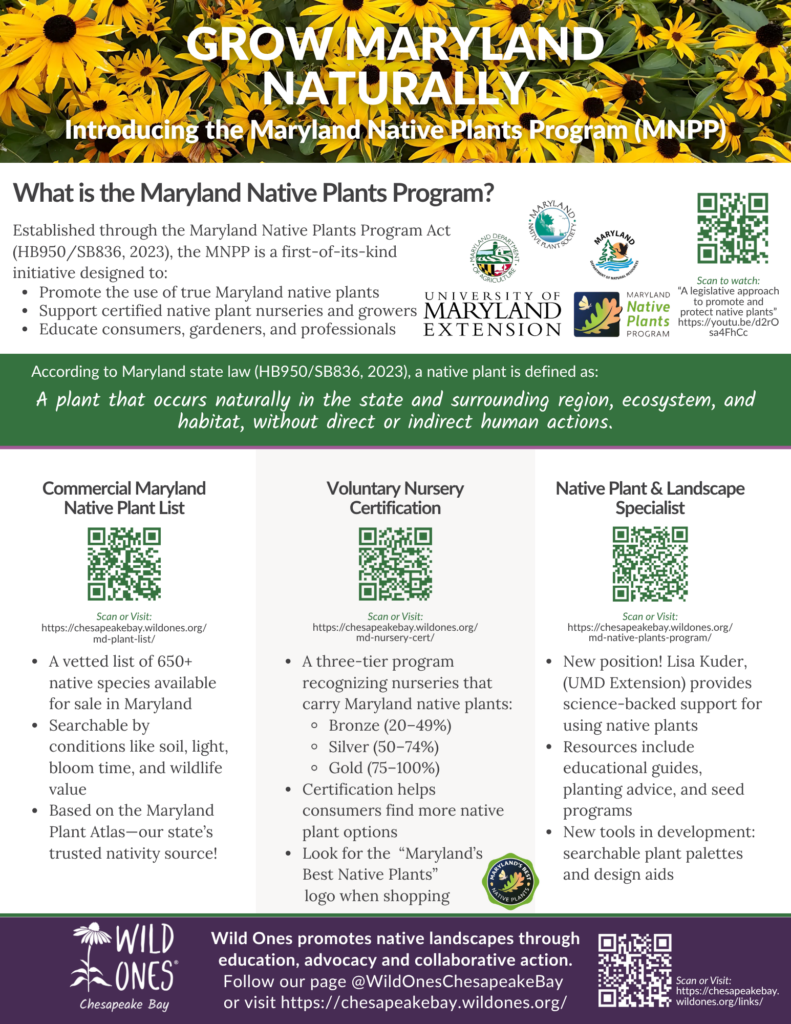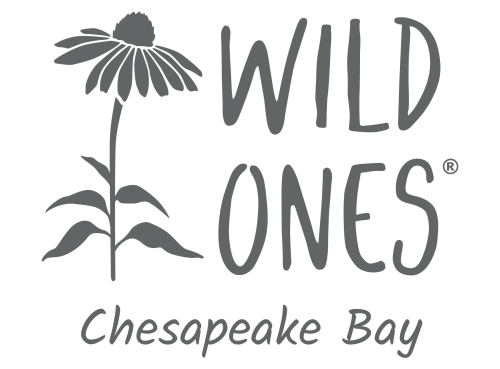Did you know that there are five Penstemon species documented in the Maryland Plant Atlas? Three of the five are available commercially and included in the new Commercial Maryland Native Plant List (CMNPL) as of 5/14/25.
- Penstemon canescens, Eastern gray beardtongue
- Penstemon digitalis, Foxglove beardtongue
- Penstemon hirsutus, Hairy beardtongue
Of the remaining two, Penstemon laevigatus (Smooth, eastern beardtongue) is excluded due to its status uncertainty (SU), and Penstemon pallidus (Pale Beardtongue) is highly state rare (S1) and presumably not available commercially, as it does not appear on the CMNPL.
At our most recent Bona Terra Seedling Giveaway on May 31, one of the species of seedlings that we had available to visitors was Penstemon hirsutus, a vibrant perennial plant characterized by its hairy stems, lance-shaped leaves, and distinctive trumpet-shaped flowers.

Read more about this lovely native plant in the following from the University of Maryland Extension TPM/IMP Weekly Report (May 23, 2025).
“Penstemon hirsutus or hairy beardtongue is a lovely native herbaceous perennial that blooms from May to June. It is one of the first of the penstemons to bloom and the only one with a ‘hairy stem’ that sets it apart from other beardtongues. Plants prefer to grow in full sun, but will adapt to partial shade and will thrive in the full range of well drained soils. Hairy beardtongue grows 1-2 feet tall and wide and produces lavender to purple delicate rumpet-shaped flowers with white lips that grow up above the foliage. The 1-inch hairy lower clusters grow on short hairy stems opposite each other. Each flower has 5 petals with a protruding hairy lower lip, which gives the plants their common name. Each flower is nearly closed by the arched base of the lower lip. When in flower the blossoms attract hummingbirds, bumble bees, and other pollinators like moths, skippers and butterflies which include the Baltimore checkerspot, Arachne checkerspot and the Chalcedon checkerspot, which uses the plant as a host for its larva or caterpillar. If the spent flowers are deadheaded or pruned back, the plants may bloom more.
“The lance-shaped leaves have toothed margins and are attached directly to the stems opposite each other. The leaves have a velvety touch, change to red or burgundy in the autumn. Plants slowly spread by rhizomes, and clusters of stems can grow from the same rhizome. Plants can self-seed, but don’t spread aggressively. These lovely spring flowering native perennials can be used to border walkways, hold the soil on slopes, in foundation plantings, in a butterfly or pollinators garden. The texture of the foliage makes it both rabbit and deer resistant, and plants are cold tolerant in USDA zones 3-9. There are no serious pests of Penstemon hirsutus, but growers are encouraged to watch for slugs and snails as well as nematodes. Powdery mildew, leaf spot and root rot can occur if plants are grown in wet soil or have overhead irrigation. Rust can cause pustules on the stems and the leaves which can lead to stunted growth.” ~ Written by Ginny Rosenkranz, UMD Extension Educator: Wicomico, Worcester, Somerset Counties
Click here for more UME Landscape and Nursery plant profiles
Introducing our new “Grow Maryland Naturally” flyer
Read more about the Maryland Native Plants Program and the new Commercial Maryland Native Plant List in last week’s blog, or print and download our new flyer.

